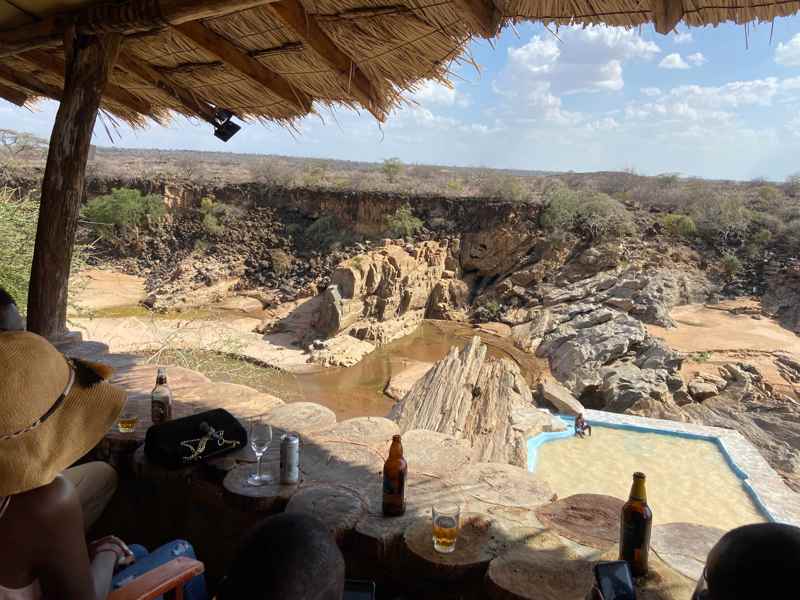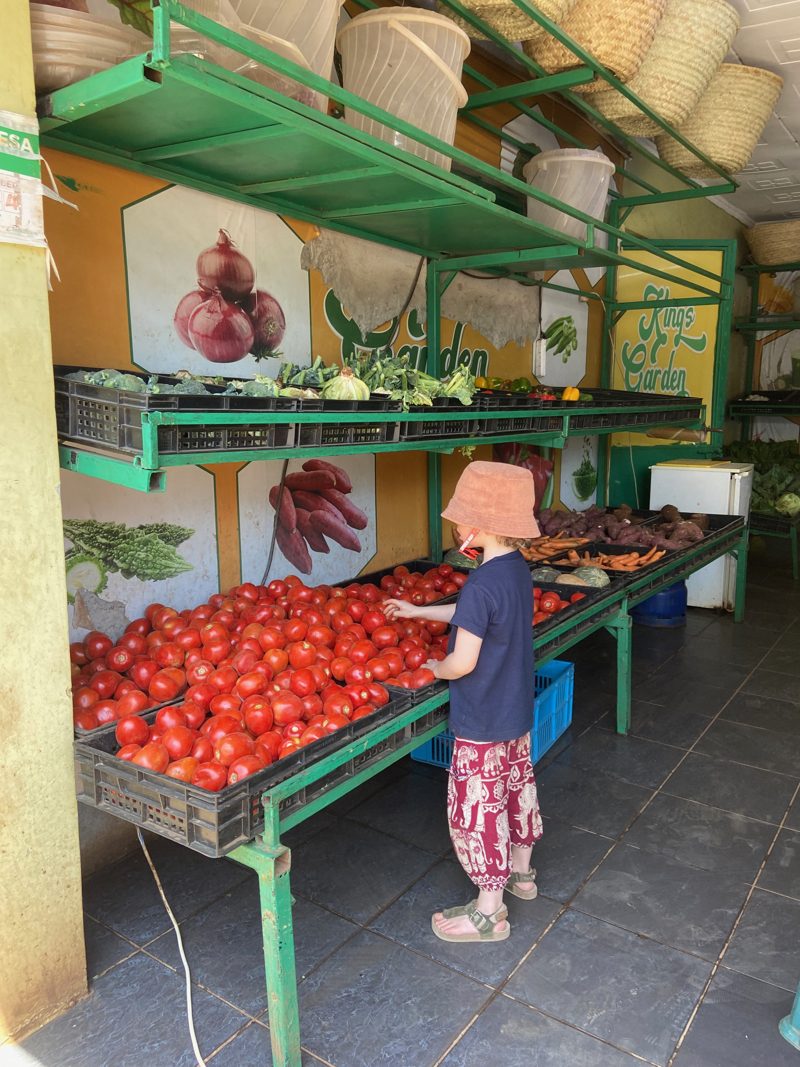The cost of travel in Kenya
Kenya is not known as a low-budget destination. However, did you know that it is surely possible to enjoy a roadtrip in Kenya with a smaller pocket?
On this page, we share our best tips for travelling Kenya on a budget. You'll find advice on how to cut costs, handle money while on the road, and what daily budget to expect for accommodation, food, and drinks. Got more questions that aren’t covered here? Reach out to the Roadtrip Africa team – we're here to help you plan the adventure of a lifetime!
The costs of travel in Kenya: a budget breakdown
Food & tips
Eating out in Kenya is easy on the wallet. Local restaurants offer plenty of affordable, tasty options. Prefer a three-course dinner at a lodge inside a safari park? Expect to pay around USD 15–25 per person.
Tipping is part of the culture here. A 10% tip is considered generous and is always appreciated. If you’re happy with the service, feel free to tip a bit more – tips are usually shared among all staff.
Accommodation prices
Here’s what you can expect to pay for a double room:
- Budget: up to USD 120 (Bed & Breakfast)
- Mid-range: up to USD 400 (Full Board)
- High-end: USD 400+ (Full Board)
Want to save?
Staying outside the safari parks is much cheaper. You’ll find plenty of budget and mid-range guesthouses and hotels at a much friendlier rate, without missing out on comfort.
Park fees
For a full overview of entrance fees for Kenya’s National Parks and Conservancies, check out the National Parks Guide on our website.
Fuel prices
Fuel costs in Kenya can fluctuate. For the latest prices, we recommend a quick online check before you hit the road.

Payment options in Kenya
Cards & cash
In Kenya, most restaurants, lodges, and campsites do not accept foreign debit cards. Credit cards (Visa and Mastercard) are generally accepted at more upscale hotels and restaurants, but it’s always wise to check in advance.
Accessing cash is easy, with ATMs widely available across the country. Reliable banks include KCB, Barclays, and Citibank – they accept Visa, Mastercard, and Maestro. Pro tip: Daily withdrawal limits may apply to foreign cards, so bring more than one card to avoid getting stuck.
Bringing cash?
- Make sure your Euro and USD notes are printed after 2013.
- You can exchange cash easily at Forex Bureaus in most towns.
- U.S. dollars and Euros are commonly accepted for exchange into Kenyan Shillings.
Use Mobile Money – It’s easy!
Kenya leads the way in mobile money. With a local SIM card and an MPESA account, you can pay almost anywhere – park entrance fees, market stalls, restaurants – straight from your phone.
Here’s how to get started:
- Buy a local SIM card from Safaricom (recommended) when you arrive.
- Load it with airtime and an internet bundle.
- Register for MPESA at any Telecom kiosk.
- Top up your mobile wallet with Kenyan Shillings, either via Wise or cash at a kiosk.
With mobile money, you’ll travel lighter, pay easier, and move around like a local!

Money-saving tips for travelling Kenya on a budget
While Kenya might not seem a low-budget destination, it's entirely possible to enjoy its beauty without breaking the bank. With some planning and strategic considerations, you can have a fun and comfortable road trip while limiting your spending. Here are our top money-saving tips for visiting Kenya on a budget:
Budget Tip #1: Go self-driving
Skip the all-inclusive safari packages – a self-drive holiday is the way to go. Not only will you save on travel costs, but you’ll also enjoy the freedom and adventure of exploring at your own pace. Check out our self-drive itineraries.
Budget Tip #2: Go camping
Camping in Kenya is an easy way to cut down on accommodation costs. Campgrounds outside protected areas can cost as little as USD 5 per night. Plan your stay with the iOverlander app, which lists and reviews almost every campsite.
Budget Tip #3: Don’t visit too many national parks
Each park visit means new entrance fees, and those can add up fast. The Masai Mara and Ol Pejeta are the most expensive, while parks like Nakuru and Meru offer fantastic safari experiences for a lower price. Pick wisely and mix in some non-park adventures too!
Budget Tip #4: Eat local
Dining at your lodge or beach resort can be pricey. Head to local restaurants instead for delicious meals at a fraction of the cost. Cooking for yourself? Buy groceries at local markets, not Western supermarkets – you’ll save money and get fresher ingredients.
Budget Tip #5: Travel in the low season
Plan your trip for the low and shoulder seasons (March to June and November). During these months, hotel rates can drop by 25–50%, and car rental deals are often much better.
Check prices and availability

